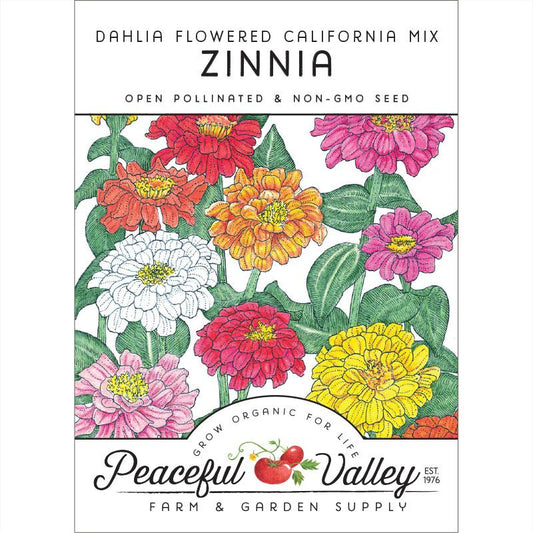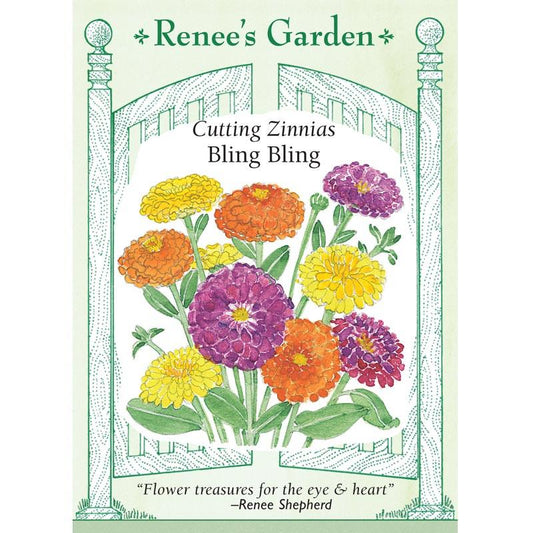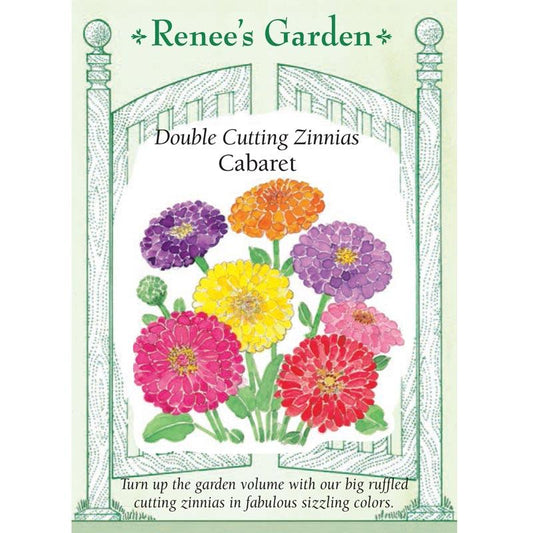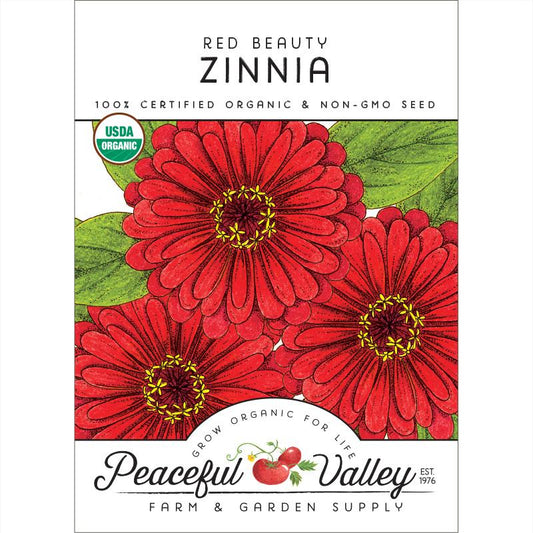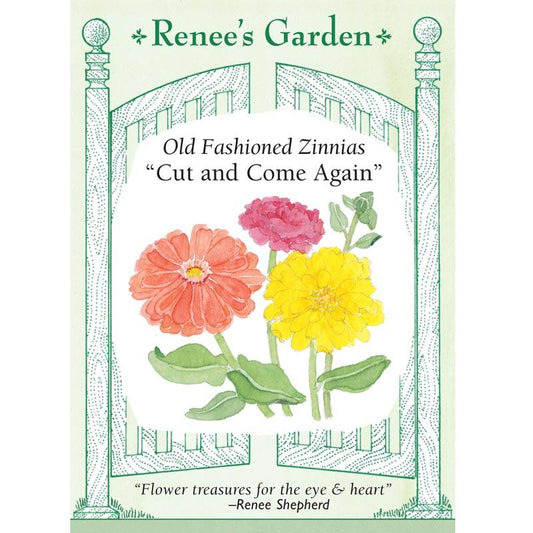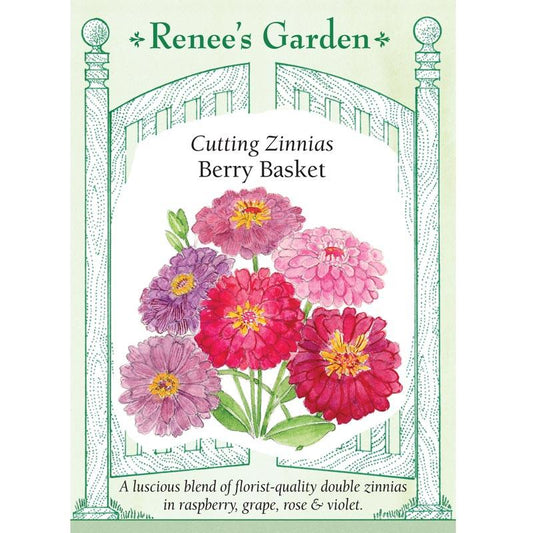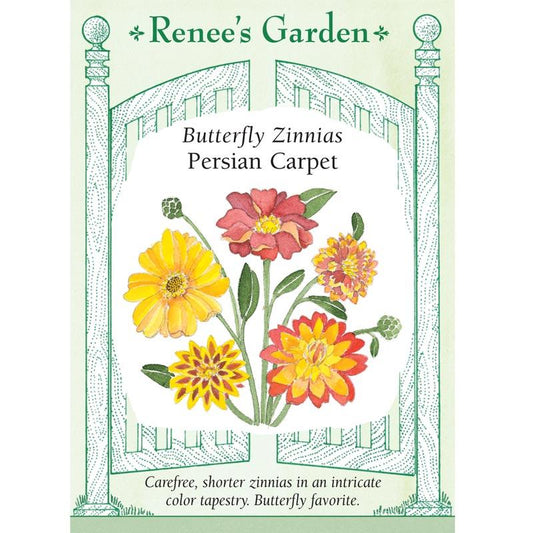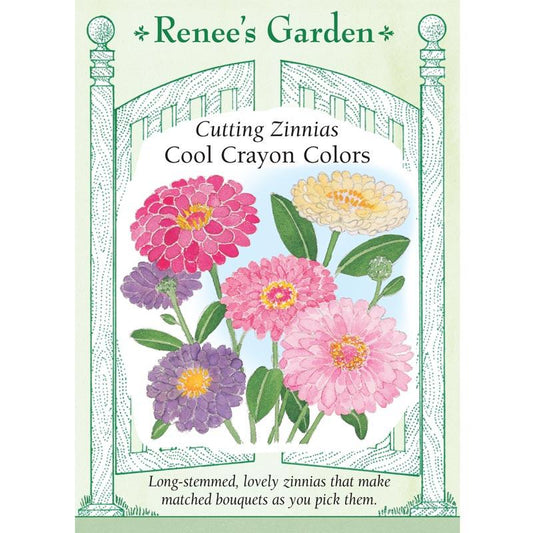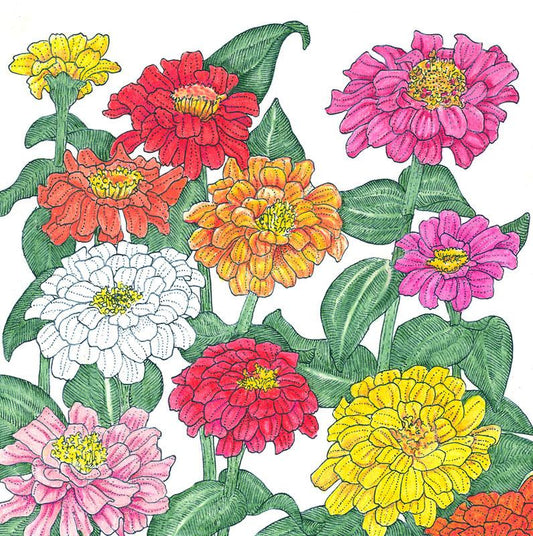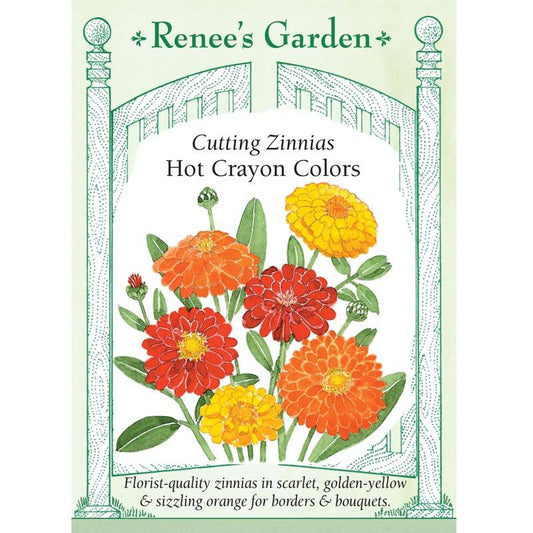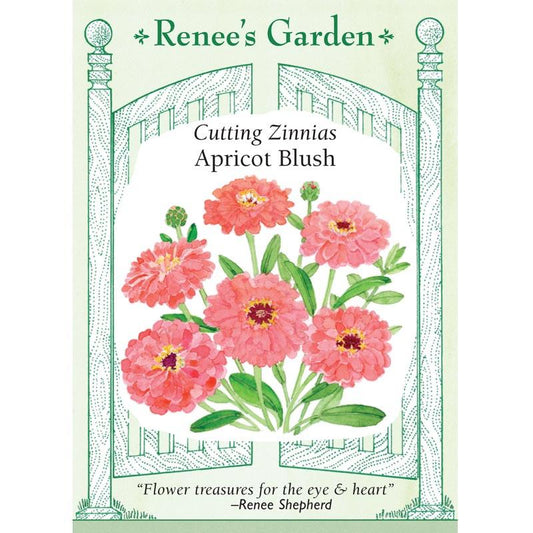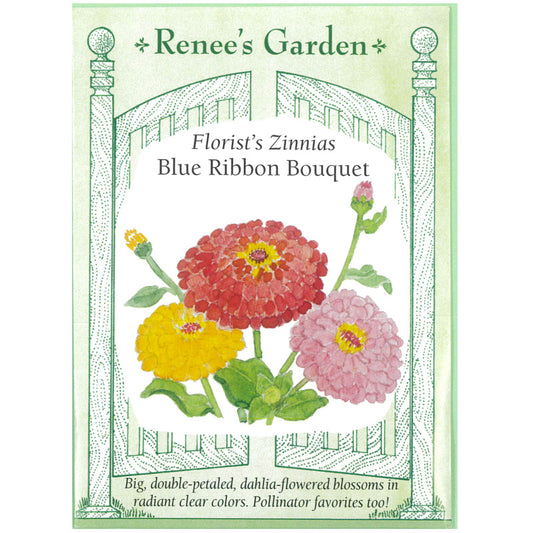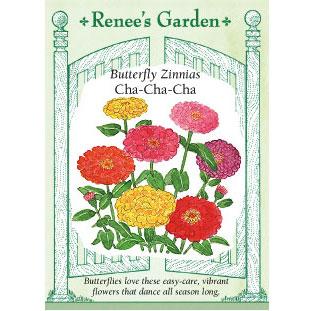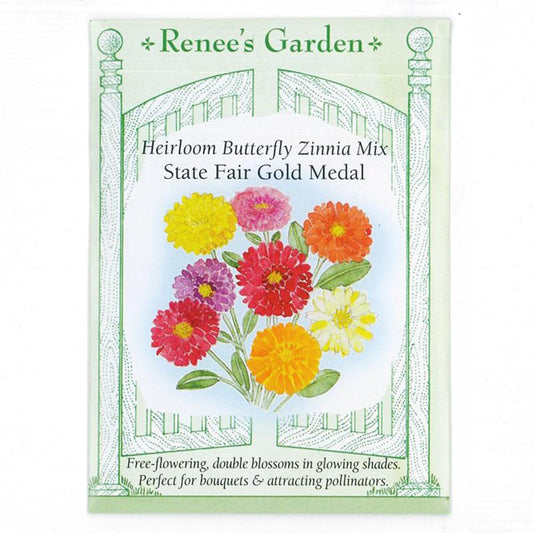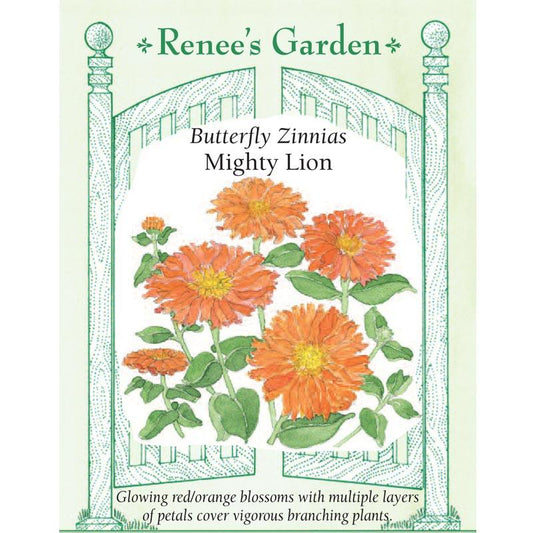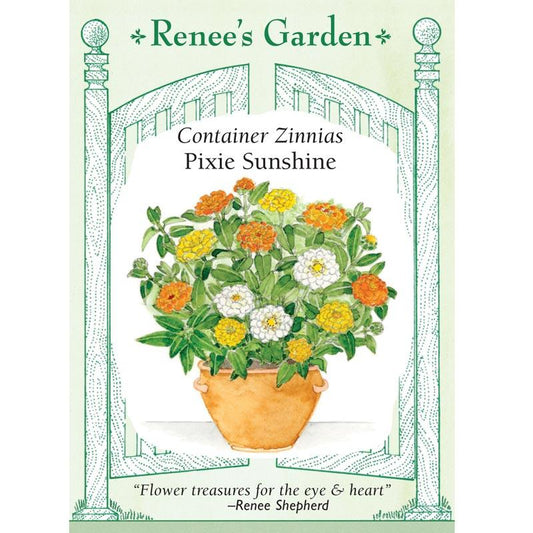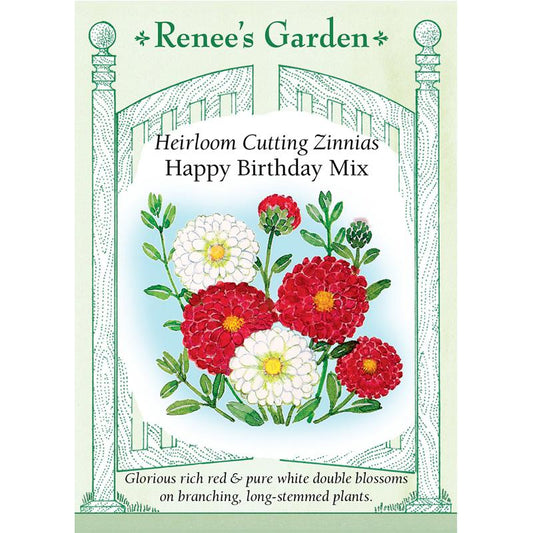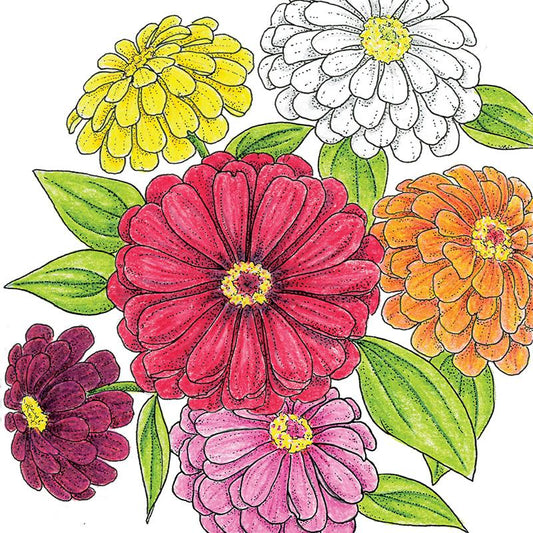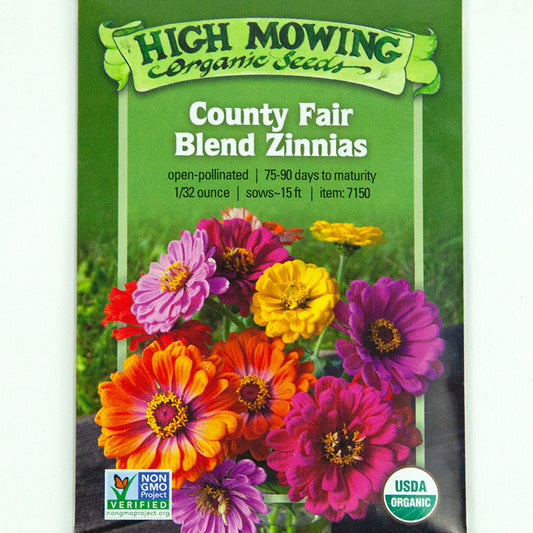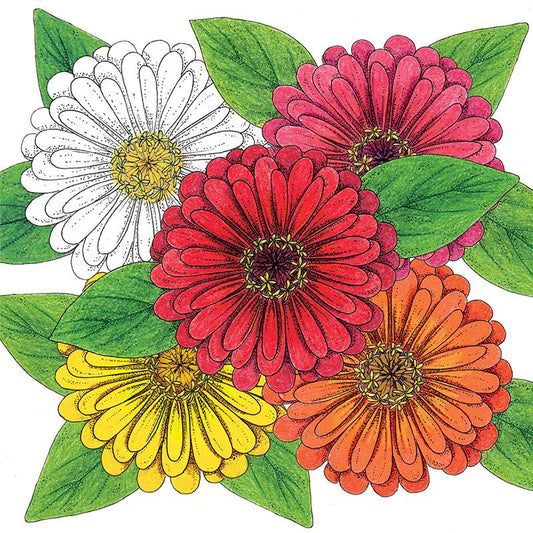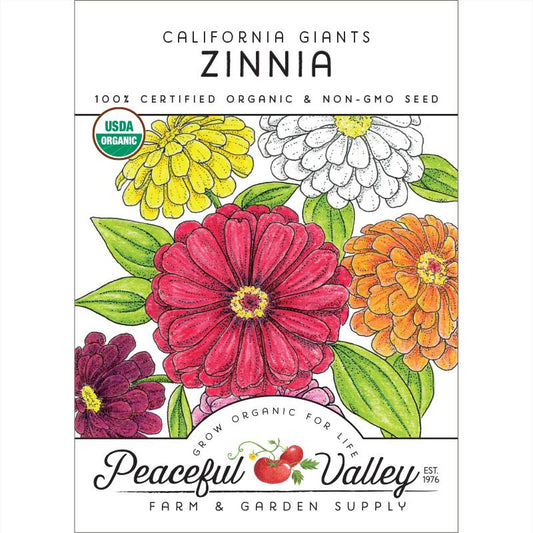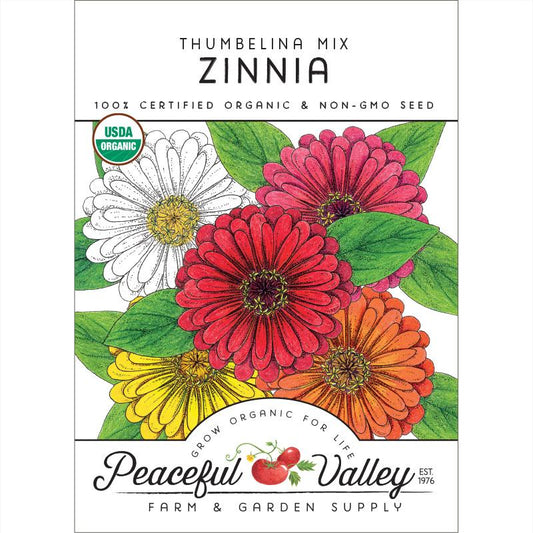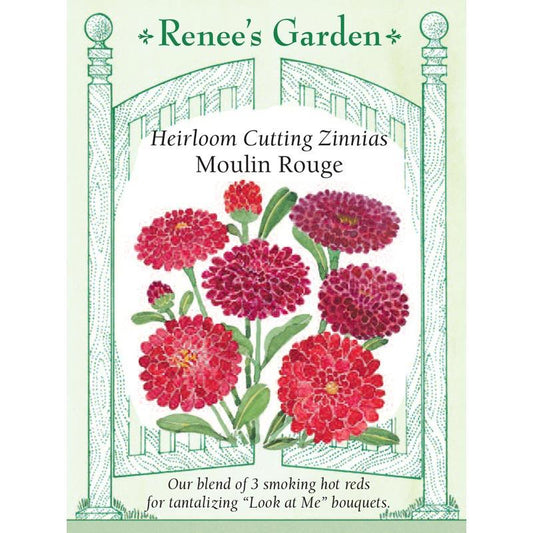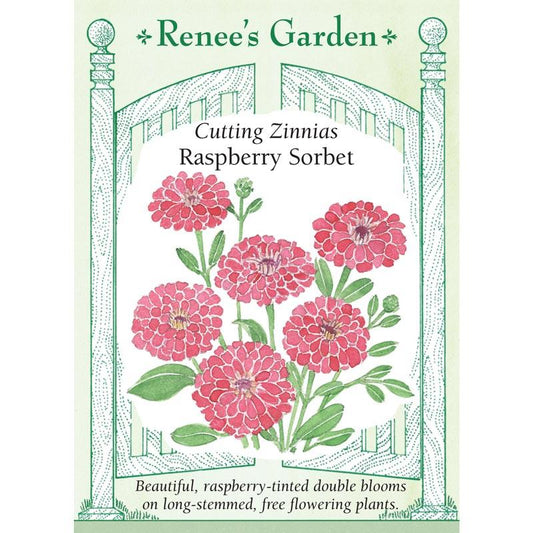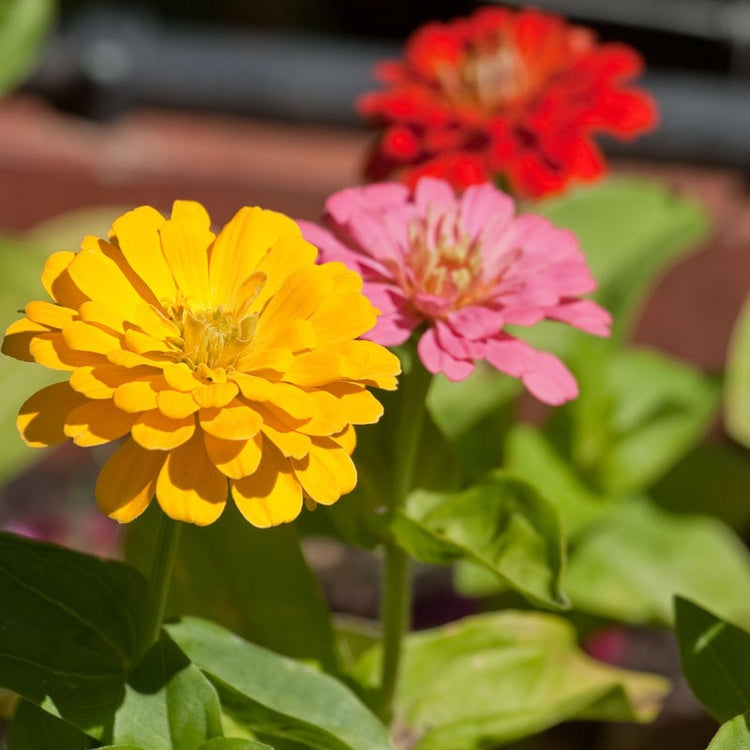
Zinnia Flower Seeds: Cultivation and Characteristics
Zinnia seeds, revered for their vibrant blooms and effortless growth, are a favorite among gardeners seeking a kaleidoscope of colors in their landscapes. These seeds, originating from Mexico and belonging to the Asteraceae family, are known for their ease of cultivation and visual splendor. Their popularity stems from their vivid colors, varied shapes, and ease of cultivation. These flowers were first introduced to Europeans in the early 18th century, and since then, selective breeding has led to the development of numerous species and hybrids of zinnias. Two notable subspecies are Zinnia elegans, often referred to as the common zinnia, and Zinnia angustifolia. Zinnia elegans is recognized for its large, pompom-like flowers, whereas Zinnia angustifolia is distinguished by its star-shaped blossoms. These subspecies, among others, present a wide color palette including shades of pink, purple, red, orange, and white, making them attractive for both garden displays and floral arrangements.
Here's an in-depth exploration of planting and nurturing zinnia flowers:
Planting Zinnias:
- Ideal Conditions: Zinnias thrive in full sun exposure, requiring at least 6-8 hours of direct sunlight daily for optimal growth and abundant flowering.
- Frost Consideration: Wait until the frost has passed before planting zinnia seeds directly into well-drained soil. Ensure the soil has warmed adequately for successful germination.
- Sowing Depth: Plant zinnias about an inch deep in the soil, ensuring adequate coverage while allowing space for seedling emergence.
Cultivation Tips:
- Spacing: When planting zinnia seeds, provide adequate space, roughly 12 inches apart, allowing room for growth and air circulation, which helps prevent issues like powdery mildew.
- Air Circulation: Adequate spacing encourages air circulation between plants, reducing the likelihood of powdery mildew formation, a common issue among zinnias.
- Soil Quality: Ensure well-drained soil for zinnias to prevent waterlogging, promoting healthy root growth and minimizing the risk of diseases.
Zinnias' Unique Characteristics:
- Flower Variety: Zinnia flowers boast a wide range of colors and forms, including double flowered varieties, adding diversity to gardens and floral arrangements.
- Drought Tolerance: These flowers exhibit a remarkable ability to withstand dry conditions, making them a practical choice for gardens with varying watering schedules.
Preventing Powdery Mildew:
- Attention to Detail: Maintain good air circulation around the base of the plants, ensuring proper spacing and avoiding excessive moisture buildup, which can lead to powdery mildew.
- Early Intervention: Monitor plants for signs of powdery mildew, applying appropriate treatments early on to prevent its spread and preserve the health of the zinnias.
Admiring the Beauty of Zinnias:
- Visual Appeal: Zinnias, renowned for their striking beauty, add a burst of color to gardens, attracting pollinators and providing an aesthetic delight to garden enthusiasts.
- Cut Flower Use: Consider cutting zinnia flowers for arrangements, as they boast exceptional vase life and maintain their vibrant colors for an extended period.
Caring for Zinnias:
- Fertilization: Avoid excessive fertilization, as zinnias thrive in moderate soil fertility. Follow recommended guidelines to maintain healthy growth without overwhelming the plants.
- Pruning Spent Blooms: Regularly deadhead or prune spent blooms to encourage continual flowering and maintain the plant's vigor throughout the growing season.
Zinnia flower seeds, offering a spectrum of colors and forms, are a delightful addition to any garden. Their resilience, coupled with their vibrant display, makes them an excellent choice for both amateur and seasoned gardeners seeking an explosion of color and charm in their outdoor spaces. With proper planting, care, and attention to potential issues like powdery mildew, zinnias can thrive and enchant with their captivating beauty throughout the growing season. Plant a variety of different easy to grow zinnia seeds this year, attract beneficials and pollinator insects to improve the health of your garden! Perfect for cut flowers, all of our flower seeds are open pollinated, meaning they have been pollinated by insects, birds, wind, or other natural mechanisms.
For more information on zinnias, see our companion guide in the Resource Center or this summary from Pennsylvania State University.
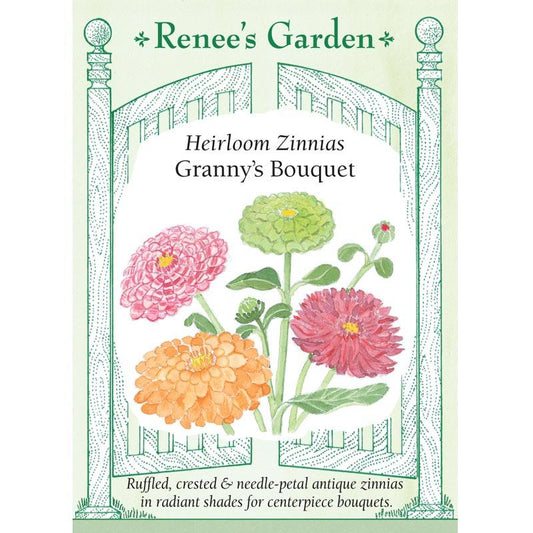 Sold out
Sold out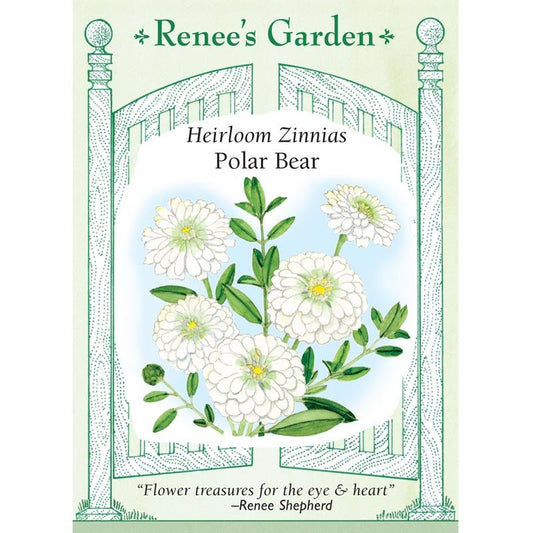 Sold out
Sold out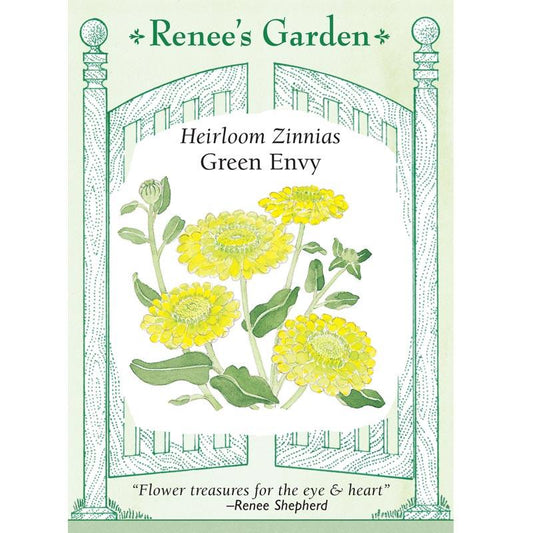 Sold out
Sold out

